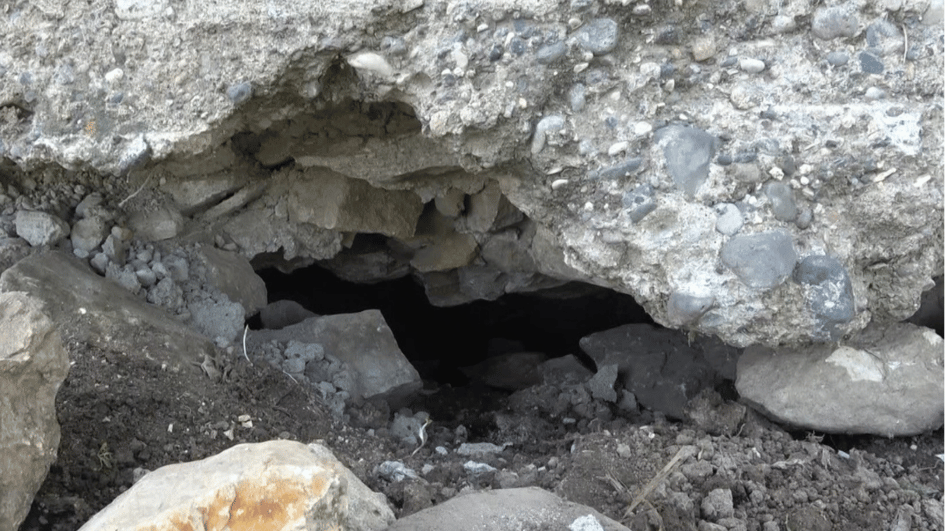Our mighty forex reserves
The Turkish Central Bank’s intervention in the currency market appears to have shifted to top gear, though the results can be interpreted in a number of ways according to one’s political choice. As the U.S. dollar surpassed 1.90 Turkish Liras on Oct. 5, the Central Bank sold $750 million as part of a package of measures, pulling the rate to below 1.87 in a few hours. According to pro-government Sabah newspaper, the Bank had “pulled down the dollar five kuruş in a single day,” while Radikal joked about a “three-kuruş intervention.”
Yesterday, the bank announced it would sell as much as $1.35 billion, but ended up selling $350 million, facing a massive demand of $2.04 billion. As I wrote this column, the greenback was trading at just above 1.85 lira.
The Central Bank since Aug. 5 has sold $4.32 billion to the market. On that day, the dollar was around 1.74 liras. Considering the desired level of 1.65-1.75 lira suggested by Gov. Erdem Başçı, the picture in front of us could hardly be seen as success.
When a central bank starts burning its reserves this fast, a very simple question comes to mind: do we have enough ammo? According to policy makers, we, of course, do. According to data released yesterday, the bank - as of Oct. 4 - had gross foreign exchange reserves to the tune of $85 billion.
Policy makers like to contrast the current state of reserves with the situation in 2002, marking the start of the Justice and Development Party’s rule. Indeed, compared with a petty $27 billion, the rise is impressive.
However, we need a degree of relativity to put the data into perspective. In 2002, Turkey’s gross domestic product (GDP) was at $232 billion (in 2010 prices). Forex reserves corresponded to 11.6 percent of GDP. In 2010, we had a GDP of $741 billion, versus forex reserves of $77 billion – 10.4 percent of GDP. If we assume 2011 GDP as 1,215 billion liras and the average currency rate at 1.75, we have a 2011 GDP estimate of $694 billion. Thus, we have a reserve-to-GDP ratio of 12.1 percent.
We can take other measures into consideration: As of 2010, for example, the ratio of forex reserves to short-term external debt stands at 132 percent – down from 143 percent in 2002.
Another comparison could be related to an M2 measurement, which represents the amount of money in circulation. As of 2010, gross foreign exchange reserves stand at 19 percent of M2, way down from 2002’s 41 percent.
A Bank for International Settlements paper provides a regional perspective: In the 12 countries clustered into the Central and Eastern Europe group, the average ratios of foreign exchange reserves to GDP, short-term external debt and M2 stand at 20, 188 and 62 percent, respectively. Contrast that with Turkey’s 11, 132 and 19 percent.
Erkin Işık of BNP Paribas has calculated that if the Central Bank sells $10 billion more, “all FX reserve ratios will decline to or below their critical levels.” In his Oct. 5 analysis, Işık reminds the Central Bank criteria that gross FX reserves (excluding gold) should cover at least three months of imports and 100 percent of short-term debt. According to his calculations, the latter ratio stands at 98 percent as of September, while alarm bells should start ringing about the former if reserves fall below $77 billion.
To conclude, we don’t have a reason to boast about how big our reserves are because apparently they are not.










